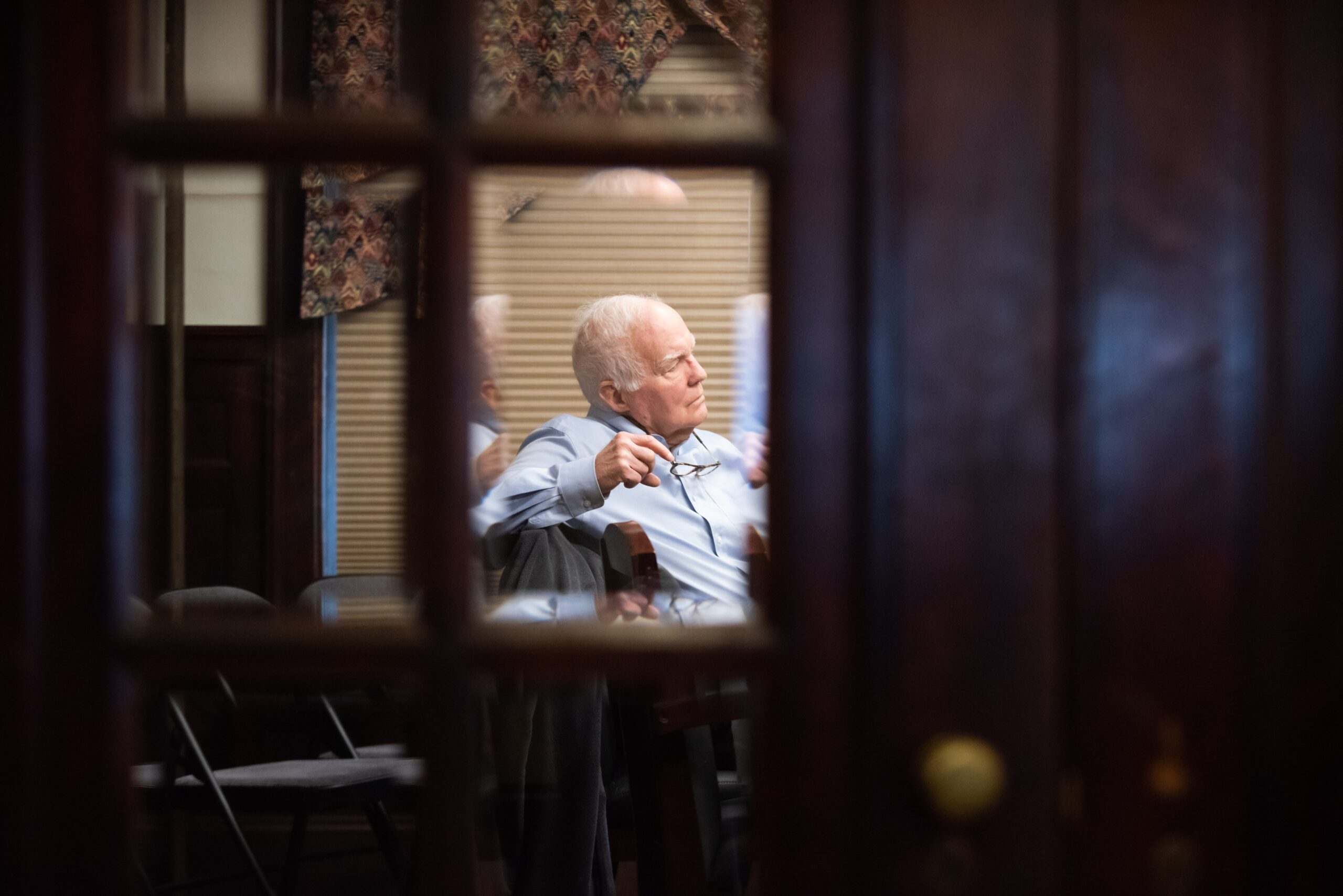The Bradley House and the greater awareness of Estate Planning
By Jack Davidson
When I arrived in Vermont in 1970, my wife and I bought an old house that was built in 1840 and did not have a kitchen. We created the kitchen, and we purchased the appliances. Our family lived there for 7 years and did not experience the life expectancy of the appliances.
As much as I loved this house, the house was at an intersection which seemed to create too many risks as my young children started playing outside. So, we moved a mile away to another old house built in 1820 with a large backyard for the safety of our children and a wonderful view of the mountains.
Approximately 16 years later, our net worth gave us the opportunity to add an addition: a dining room and a larger kitchen. Our stove and refrigerator were functioning well, but they did not fit well into the new kitchen. So, we donated the old appliances to a charity and bought new appliances.
After another 16 years later, our house was no longer occupied by our children, and downsizing and relocating seemed to make sense for three reasons: we now needed less space, we no longer had the time or the energy to take care of our beautiful three acres, and we did not like driving on slippery roads during the winter.
We then found a wonderful house in Brattleboro, built in the 1840s, with less space, on a small lot, a wonderful view…and we could both walk to work. When we left Dummerston, our appliances seemed to be functioning quite well.
As we approached living another 16 years in Brattleboro, the sad truth of appliance life expectancy and the impact on our net worth emerged. The day before Thanksgiving, our oven stopped working. Fortunately, we were able to address this issue before Christmas. Then just a week before Christmas our refrigerator passed away.
Estate Planning
There are two core components of estate planning: life expectancy and net worth. I thought of writing an article that addressed the life expectancy of appliances and its impact on net worth. The most expensive appliances claim longer life expectancies. As I started to reflect on this issue, what I saw simply said to me “you are trying to avoid a more important issue.”
The house we purchased in Brattleboro was called the “Bradley Cottage.”
The Bradley’s built two houses in Brattleboro. When I look out my back window on the second floor of my Bradley Cottage. I see the Bradley House. This House is a senior living facility and is the starting point for “assisted living” for many of our clients who are in the second stage of life.
Estate Planning should focus first on assisted living when we get older, rather the life expectancy of appliances. So, I am working on my next article addressing the many complexities of assisted living. State location of facilities is similar in its impact to the state variations that complicate estate tax and income tax issues. Migration of higher levels of care create even more complexities. Furthermore, I am pondering whether I may reside at the Bradley House before my new appliances expire.
Unfortunate Addendum
I FINISHED MY FIRST ARTICLE in early January to allow enough time for proof reading, and printing, so it will show up in this, our April Newsletter. Then something happened.
I had just decided not to renew my license as a Vermont Lawyer. I also decided not to renew my membership at the local golf club. It made financial sense since I no longer practice law, and I rarely show up at the Golf Club.
A friend living at Pine Heights, a nursing home just a mile way, also stopped playing golf and surrendered his license. My goal was that he could tell me about the choices that he made in his second half of life in writing my next article on Assisted Living. I met this lawyer, a member of the Windham County Bar Association, when I became a member in 1972, and I started playing golf with him in the early 80’s.
When I was head of the Trust Department at Vermont National Bank, I asked this lawyer, who was on the advisory board of the Bellow Falls branch of the Vermont National Bank, if I could use the local office for my second interview of Jane Waysville, a now retired founder but a current board member.
Jane lived nearby in Springfield, and I wanted to save her the driving time of having to meet further south in my office in Brattleboro. Jane did not want to move to Brattleboro because she wanted to stay near her family farm. She planned on saying “no” and then I said that she could leave at 4:30 instead of 5 pm. She said “yes.” We have worked together for over 40 years thanks in part to this lawyer.
I also asked his help in improving my golf game. He was willing and patient. An avid sports fan and a good athlete, he gave me more strokes than I deserved. On the day before I planned to call him, he passed away. Tom Salmon, my golfing partner in the picture on the right, was the 75th governor of Vermont, who died on January 14 at age 92.
After his two terms as Governor, Tom Salmon went on to serve as president of the University of Vermont in troubling financial times for the college and many credit him with saving the college as it is now. He was also chairman of the board of Green Mountain Power. There are times when we know wonderful people in the later years of their lives, and we need to meet them more often.
